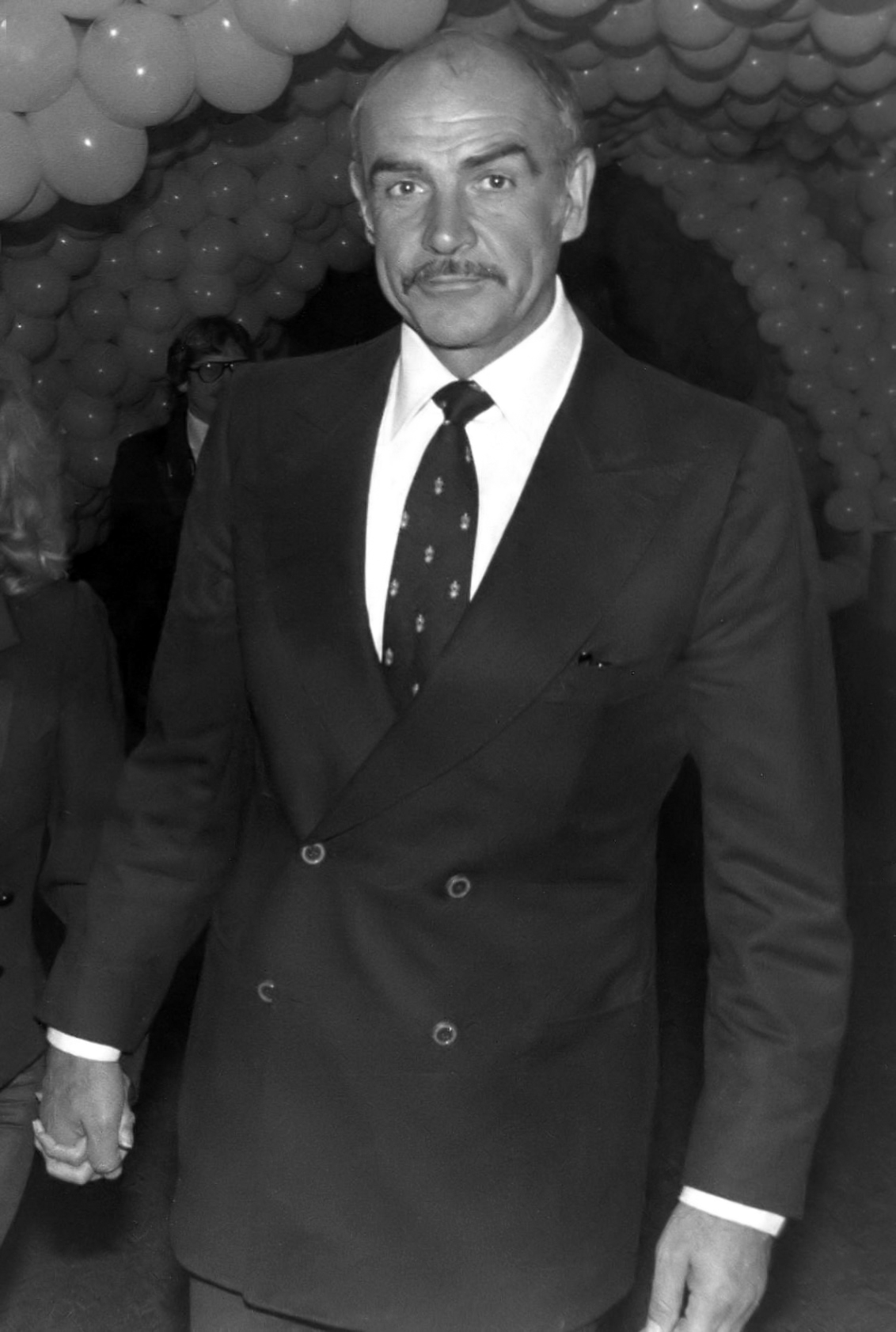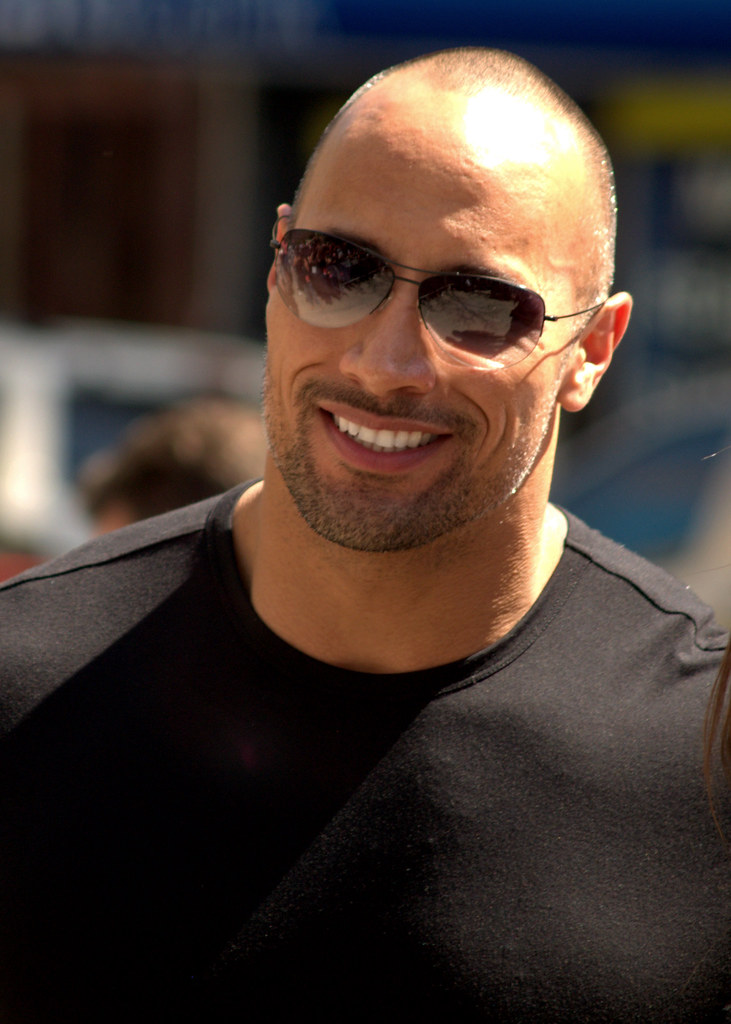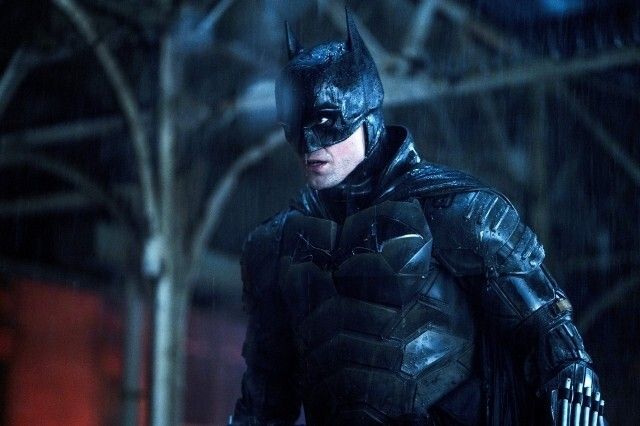
For years, the internet has buzzed with whispers and fervent hopes for a ‘Seinfeld’ reunion, a fantasy eagerly stoked by fans who vividly recall the sitcom’s groundbreaking run from 1989 to 1998. Widely regarded as one of the most influential TV shows ever to grace pop culture, its nine-year tenure concluded with a finale that, despite drawing millions of viewers, left many yearning for a different kind of closure. This collective longing has fueled countless ‘what if’ scenarios, begging the question: could Jerry, Elaine, George, and Kramer ever genuinely return to our screens?
However, beneath the surface of fan enthusiasm lies a complex web of creative principles, personal reservations, and an almost sacred protectiveness of the show’s unparalleled legacy. The very architects and stars of ‘Seinfeld’ have articulated profound reasons why a straightforward reunion, or even a feature film, presents an artistic and logistical minefield that few are willing to traverse. It’s not simply a matter of scheduling or negotiation; it’s about safeguarding a comedic institution from the very real risk of tarnishing its iconic status.
Indeed, the concept of a ‘Seinfeld’ revival isn’t just a nostalgic pipe dream; it’s a profound creative dilemma, a tightrope walk between fan service and artistic integrity. Drawing insights from those closest to the phenomenon, including candid admissions from the cast and the intricate meta-commentary offered by the ‘Curb Your Enthusiasm’ reunion, we can begin to understand the formidable obstacles that ensure a true, unadulterated ‘Seinfeld’ comeback remains largely off the table.
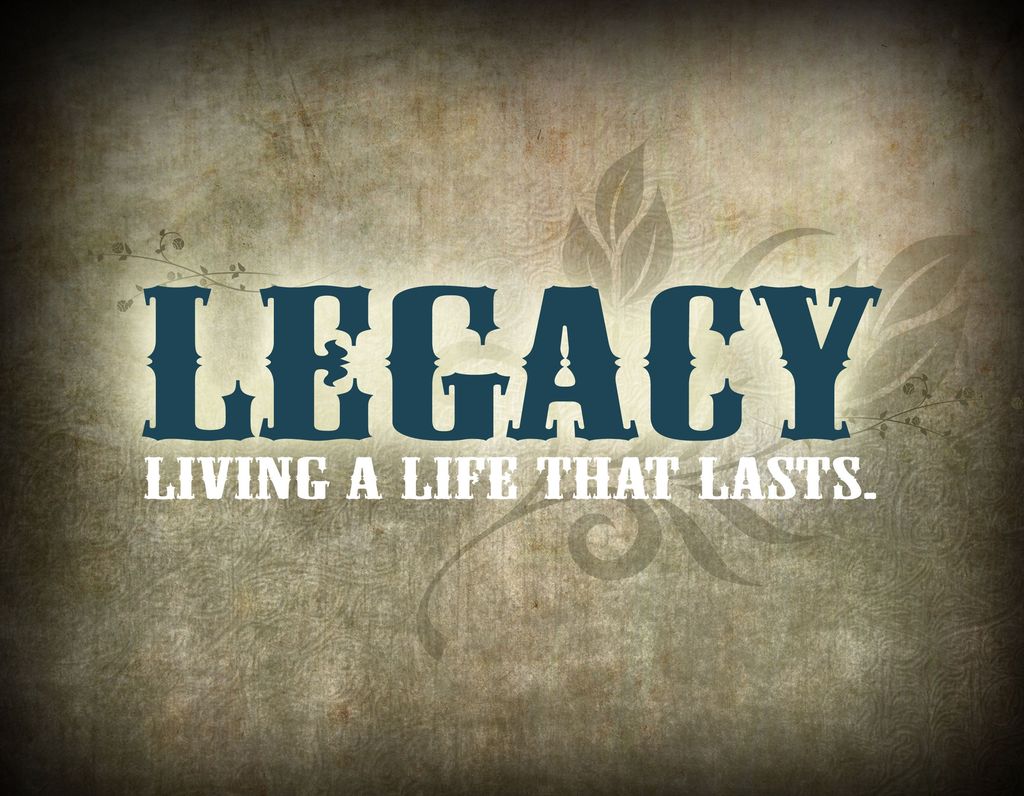
1. **The Fear of Tarnishing a Perfect Legacy**
The specter of diminishing a near-perfect comedic legacy looms large over any discussion of a ‘Seinfeld’ reunion. The show, which ended in May 1998, cemented its place in television history as a masterclass in observational humor and character-driven absurdity. For the cast and creators, the immense success and lasting cultural impact of the original series mean that any subsequent endeavor carries the heavy burden of living up to, or even exceeding, those lofty expectations.
This concern is not merely speculative; it has been voiced explicitly by key players. Julia Louis-Dreyfus, who famously portrayed Elaine Benes, articulated a sentiment shared by many involved in the show: “It would be terrible to do something and have it not be good.” This statement underscores the deep commitment to quality that defined ‘Seinfeld,’ and the understanding that revisiting it without that same level of excellence could prove detrimental.
She further elaborated on this protective instinct, emphasizing the potential for regret should a reunion fall short of the original’s brilliance. “It was so terrific … If we did a Seinfeld movie and it sucked, then it would, you know, blemish it,” Louis-Dreyfus explained. This isn’t just about avoiding a bad review; it’s about preserving the untarnished memory of a show that, for many, defined an era of television comedy. The risk of creating a product that actively detracts from the beloved original is a powerful deterrent.
Ultimately, the desire to protect the show’s revered standing is paramount. The cast and crew are keenly aware that ‘Seinfeld’ occupies a special place in the hearts of millions, and to compromise that with a lackluster return would be a betrayal of sorts. The fear of that collective disappointment, and the permanent mark it could leave on an otherwise flawless record, is a foundational reason why a full-scale reunion remains a distant, perhaps even undesirable, prospect.
Read more about: From Wreckage to Riches: Unpacking the 2025 Car Flipping Landscape for Savvy Buyers

2. **Jerry Seinfeld’s Vision of “Old Jerry”**
At the very heart of the show, and indeed the reunion debate, is Jerry Seinfeld himself. His character, a semi-fictionalized version of the comedian, was the anchor around which the entire ‘Seinfeld’ universe revolved. For Jerry, the idea of revisiting his character decades later presents a significant personal and creative hurdle, rooted in the immutable passage of time.
In a telling interview, Seinfeld candidly expressed his reservations about seeing his character age on screen. “I don’t want to see old Jerry Seinfeld,” he stated to a journalist, a sentiment that resonates deeply with the nostalgic expectations of fans. By the time 2025 rolled around, Seinfeld had turned 71, an undeniable marker of time that starkly contrasts with the vibrant, younger version of himself etched into viewers’ memories.
This isn’t merely vanity; it’s an acknowledgment of how characters become frozen in time within the cultural consciousness. The Jerry Seinfeld audiences loved was a man navigating the minutiae of single life in New York in his thirties and forties. To introduce an older, perhaps more subdued, version would fundamentally alter the dynamic and comedic energy that defined his portrayal, potentially alienating those who hold a specific image dear.
Jerry’s reluctance highlights a broader truth about beloved sitcom characters: their charm often lies in their specific time and place. To force them into a new era, with all the inevitable changes that come with aging, risks disrupting the very essence of what made them funny and relatable. His personal comfort with leaving his character in its prime is a crucial factor against a traditional return.
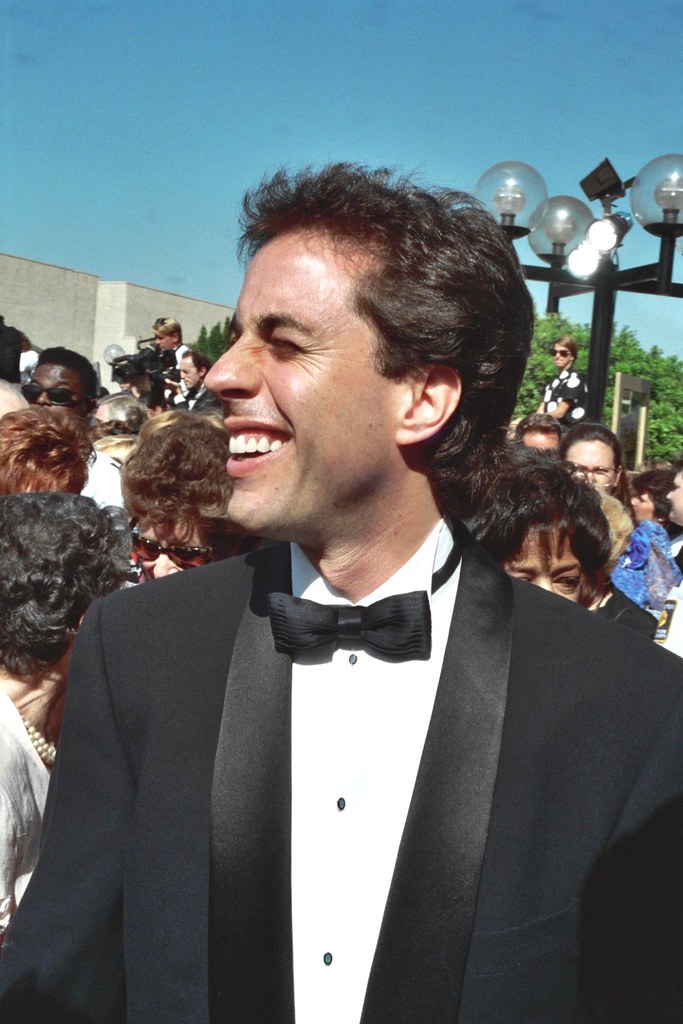
3. **The Peril of Differing Fan Expectations**
Beyond the cast’s personal reservations, a significant obstacle to any ‘Seinfeld’ reunion lies in the divergent and often deeply personal expectations of its vast fanbase. A show of ‘Seinfeld’s’ enduring popularity means that millions of viewers have cultivated their own unique vision of what the characters would be like, or what their lives would entail, after the original series concluded.
Jerry Seinfeld himself articulated this challenge with striking clarity. He explained that a reunion would inevitably lead to widespread disappointment because “Everyone’s going to have different vision of what the character is like, so to have that materialize is going to disappoint most people.” This insight speaks to the almost impossible task of satisfying a multitude of preconceived notions and nostalgic fantasies.
Imagine the sheer weight of expectation: some fans might envision Jerry as a doting father, others as a grumpy old man still dissecting social norms. Some might hope for Elaine to finally settle down, while others insist she remain fiercely independent. George’s post-series fate could be anything from a successful entrepreneur to an even more pathetic version of his former self. Attempting to reconcile these disparate hopes in a single narrative is a creative tightrope walk with an almost guaranteed fall.
This inherent conflict between a singular creative vision and countless individual fan interpretations creates an unenviable predicament for any potential reunion. The show’s legacy isn’t just what was broadcast; it’s also the rich tapestry of head-canon and imagined futures that fans have woven over decades. To concretize any one version is to invalidate all others, almost assuring that a majority of the audience will feel let down by what they perceive as an inadequate or unfaithful continuation.
Read more about: 13 Shocking Celebrity Firings: From Set Dramas to Unseen Voice Recasts
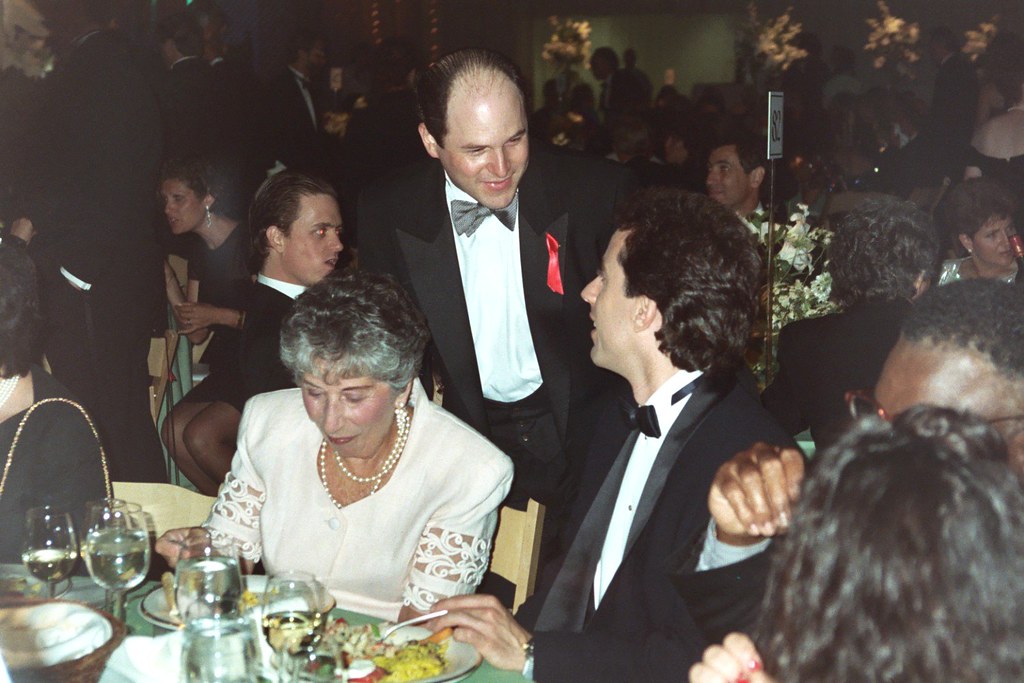
4. **Jason Alexander’s Reluctance to Repeat the Past**
Jason Alexander, the actor behind the iconic George Costanza, has been equally vocal about his apprehensions regarding a ‘Seinfeld’ reunion. His concerns cut to the heart of performer vulnerability and the desire to protect a cherished artistic achievement from retrospective criticism. Alexander’s perspective offers another vital piece of the puzzle as to why a return is so unlikely.
Alexander articulated a clear preference for how he wants the show’s memory to endure. He stated, “I’d rather people go, ‘Oh, please! Please!’ than ‘I can’t believe you did that. It was horrible.’” This poignant quote perfectly encapsulates the fear of a beloved work being tarnished by a less-than-stellar follow-up. The enduring demand for more, even if unfulfilled, is preferable to the sting of disappointment and creative misstep.
His reservations also extended to the practicalities of recapturing the original magic. Having not worked together as a group in a decade by the time the *Curb Your Enthusiasm* reunion arc occurred, Alexander worried about the ensemble dynamic. “We’re all 10 years older. So the first thing I’m thinking is, what was barely charming on characters in their thirties and forties may be completely devoid of charm in their forties and fifties, and that may be a mistake,” he reflected.
This acknowledges the delicate balance of comedic timing and character resonance that ‘Seinfeld’ perfected. What might have been endearing neuroses in their younger years could easily translate as simply sad or irritating in middle age, altering the very comedic fabric of the show. Alexander’s insights highlight the immense pressure on the actors to not only reprise their roles but to make them relevant and funny in a completely new context, a challenge he found “daunting.”
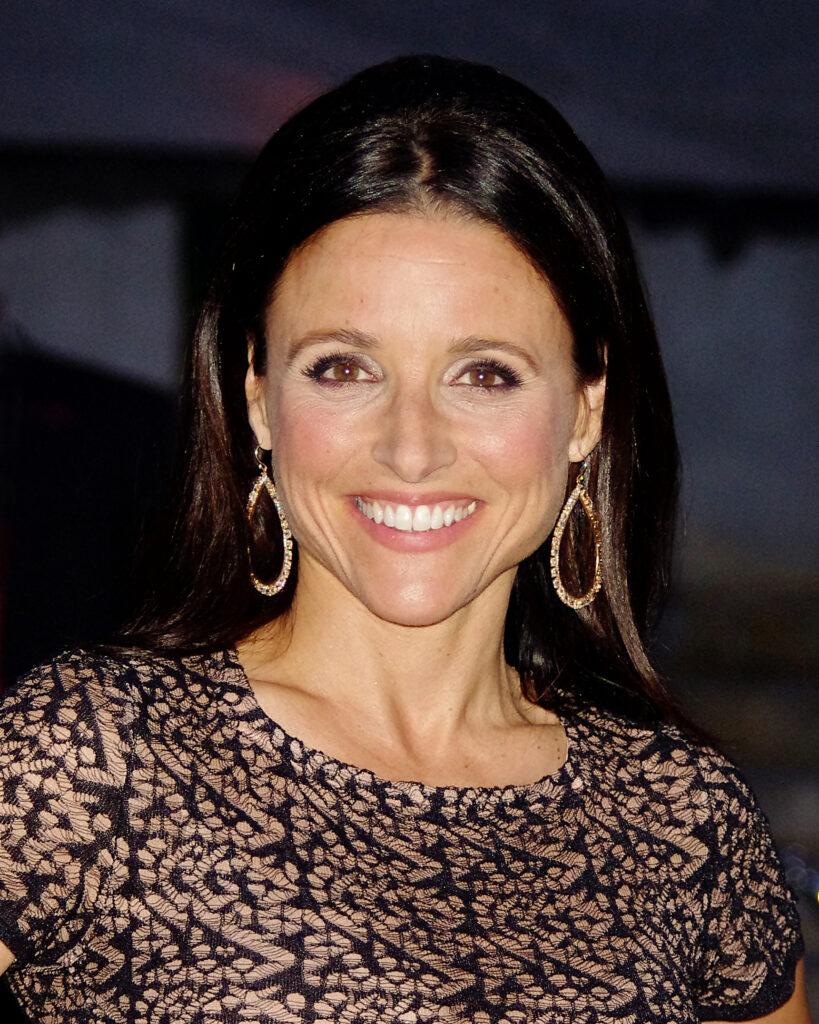
5. **Julia Louis-Dreyfus’s Concern for Quality**
Echoing her castmates’ sentiments, Julia Louis-Dreyfus has consistently expressed her deep-seated concern for maintaining the artistic integrity and high quality associated with ‘Seinfeld.’ Her perspective is crucial, as Elaine Benes remains one of television’s most dynamic and beloved female characters, and her portrayal was a significant component of the show’s widespread appeal. Louis-Dreyfus’s caution is a powerful indicator of the protective instincts shared by the ensemble.
Her statement, “It would be terrible to do something and have it not be good,” is not merely a passing comment; it reflects a profound understanding of the show’s cultural weight and the potential for a misstep to cast a shadow over its original glory. For an actress who has achieved remarkable success both during and after ‘Seinfeld,’ the bar for revisiting such a landmark role is extraordinarily high, demanding nothing less than perfection.
Louis-Dreyfus reiterated this protective stance by emphasizing the potential for a ‘blemish’ on the show’s otherwise “terrific” record. “If we did a Seinfeld movie and it sucked, then it would, you know, blemish it,” she explained. This sentiment speaks to a collective desire among the cast and creators to safeguard the series from any creative decisions that could diminish its esteemed place in television history.
Her concerns underscore the reality that for iconic shows, simply bringing the cast back together isn’t enough. The writing, the comedic timing, the fresh perspectives—all would need to be as sharp and innovative as the original. Without that assurance of quality, the risk of a reunion falling flat, and subsequently ‘blemishing’ a cultural touchstone, becomes too great to justify.
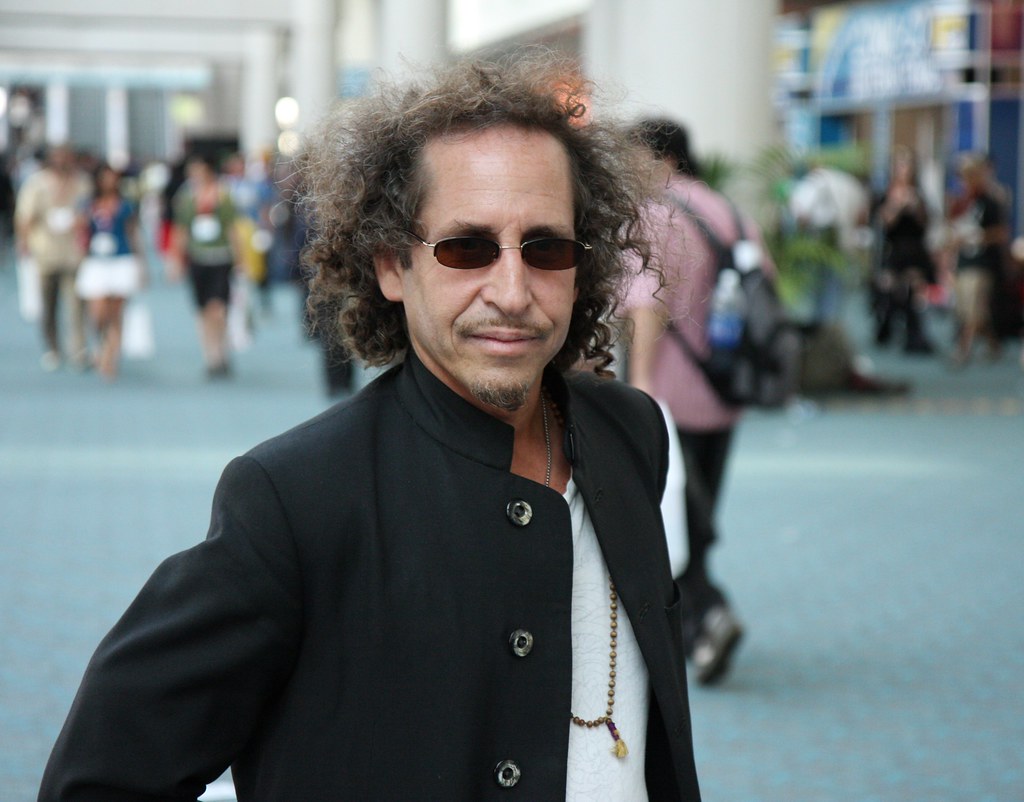
6. **Larry David’s Anti-Conventional Approach**
Larry David, the co-creator of ‘Seinfeld’ and the mastermind behind ‘Curb Your Enthusiasm,’ embodies a creative philosophy that inherently pushes against the notion of a conventional reunion. His artistic mandate is defined by a desire to subvert expectations, avoid cliché, and pursue humor in the most authentic and often uncomfortable ways. This approach explains why any ‘Seinfeld’ revival he touches would, by design, defy fan-service tropes.
David’s perspective on a reunion was explicitly demonstrated through the *Curb Your Enthusiasm* season seven arc, which itself revolved around a fictional ‘Seinfeld’ reunion. He and his team understood that “doing a conventional network-type reunion show was never going to be appropriate for us,” as Jerry Seinfeld himself acknowledged. This aversion to the ‘corny’ and predictable forms the bedrock of David’s comedic vision.
Jeff Schaffer, a writer and executive producer on ‘Curb,’ further clarified David’s unique angle: “We knew we weren’t going to do the Seinfeld reunion that NBC wanted. [We wouldn’t do] corny. We were going to do a Curb-style Seinfeld reunion, which meant Curb Larry was going to get the cast back together and do a reunion for his own selfish reasons.” This fundamental shift from audience expectation to personal, often flawed, motivation is quintessentially Larry David.
This creative choice to craft a reunion that served Larry’s character’s self-serving agenda – primarily to win back his ex-wife Cheryl – meant that the ‘Curb’ reunion intentionally withheld the traditional, heartwarming elements fans might crave. As Schaffer put it, “The choice was to deprive people of exactly what they wanted. It was a very Curb choice.” This meta-commentary strongly suggests that David’s involvement in any future ‘Seinfeld’ project would likely prioritize unconventional humor over straightforward nostalgia, making a traditional reunion virtually impossible.
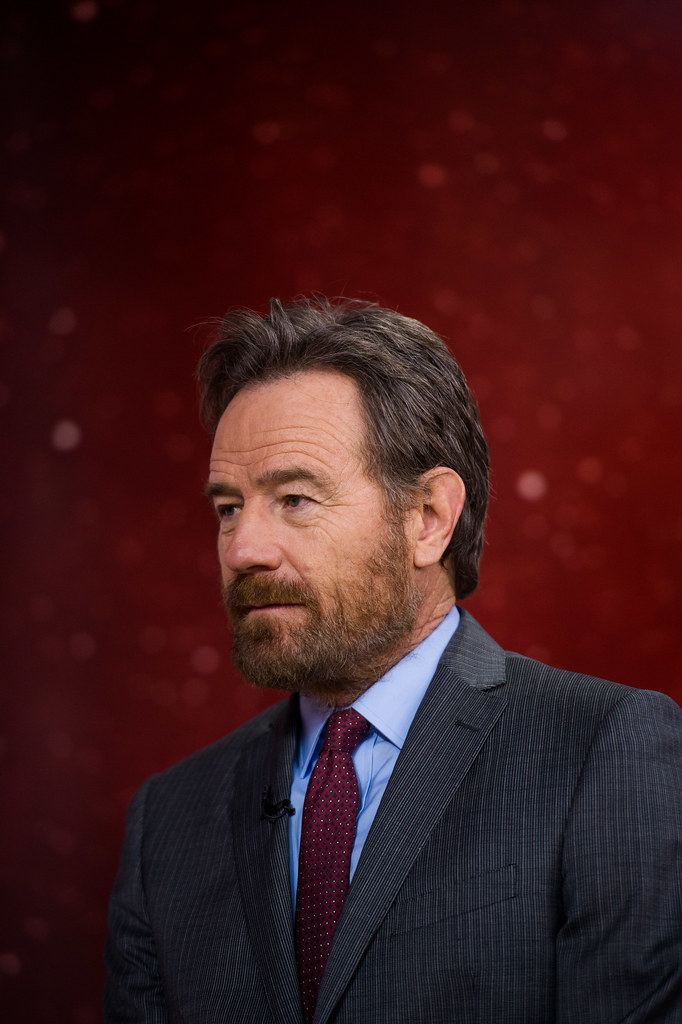
7. **Bryan Cranston’s “Book is Better Than the Movie” Analogy**
Even those tangentially connected to the ‘Seinfeld’ universe, like Bryan Cranston (who had a recurring role as Tim Whatley), offer insights that reinforce the creative reluctance for a reunion. His simple yet profound analogy perfectly encapsulates the sentiment that some stories are best left untouched, allowing their original form to remain unblemished by subsequent, potentially inferior, continuations.
On the subject of a ‘Seinfeld’ film, Cranston succinctly stated, “I think it’s a bit of a case of ‘the book is better than the movie.’” This metaphor speaks volumes about the perceived perfection of the original series. ‘Seinfeld,’ in this analogy, is the ‘book’ – a complete, well-crafted narrative that requires no additional chapters or a cinematic adaptation to be fully appreciated.
His comment highlights the inherent risk in translating a beloved television series, with its episodic rhythm and character development, into a different medium or a new continuation. The magic of a show like ‘Seinfeld’ is often tied to its specific format and the way its stories unfolded over many years. To try and condense that, or extend it in a way that feels forced, is to invite comparison that the ‘movie’ will almost certainly lose.
This perspective from an industry veteran like Cranston resonates deeply with the fears expressed by the core cast. It implies that the ‘book’ – the original 180 episodes – is already a masterpiece, and any attempt to revisit or expand upon it might only serve to dilute its impact. The analogy serves as a powerful, external validation of the internal creative wisdom that suggests some narratives are truly complete, and therefore best left in their original, unadulterated form.
The deep-seated hesitations and creative principles that make a conventional ‘Seinfeld’ reunion so improbable were explored in the first part of our discussion. Yet, in a masterstroke of meta-comedy, co-creator Larry David provided fans with something akin to a reunion, albeit one filtered through his uniquely cynical and self-serving lens: the iconic seventh season of ‘Curb Your Enthusiasm’. This audacious arc not only brought the original cast back together but also inadvertently reinforced precisely why a full-fledged, traditional return to the ‘Seinfeld’ universe remains an unlikely proposition. It showcased the immense creative effort, intricate planning, and deliberate subversion required to even hint at a revival, ultimately serving as a testament to the original’s untouchable status. This wasn’t just a reunion; it was a dissection of the very concept of a reunion, wrapped in a layer of classic ‘Curb’ chaos.
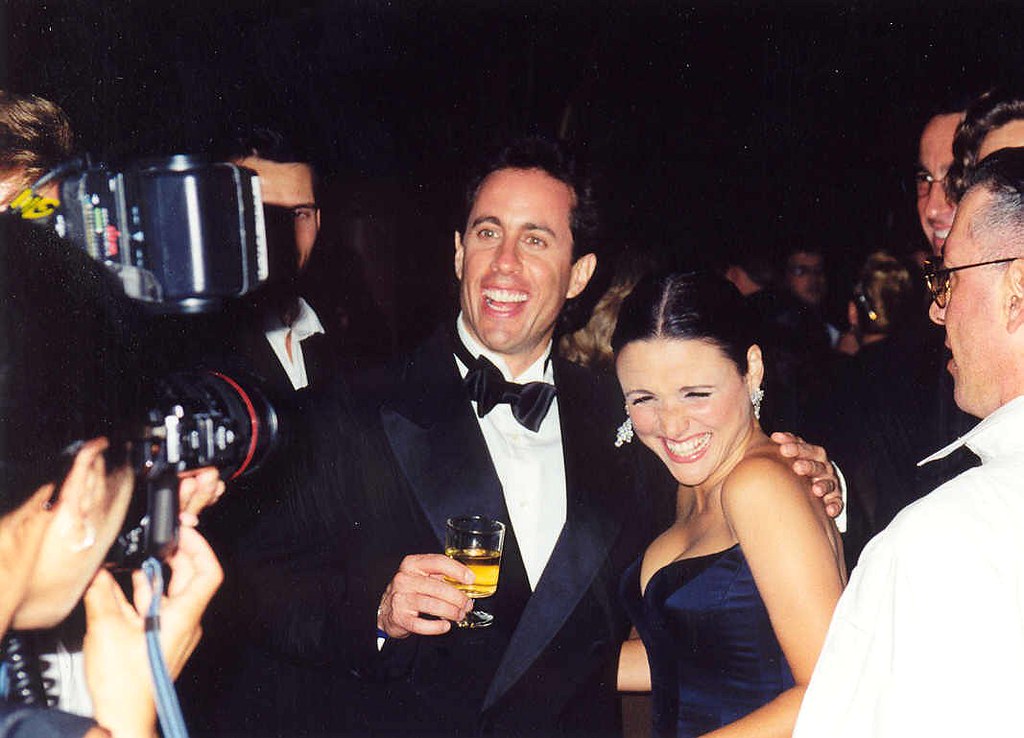
8. **The ‘Curb-Style’ Reunion: Subverting Expectations**
The notion of a conventional, feel-good ‘Seinfeld’ reunion, complete with nostalgic callbacks and neatly tied-up character arcs, was anathema to Larry David’s comedic sensibilities. He and his team understood that such an endeavor would betray the very spirit of ‘Seinfeld’ itself, a show that famously broke from sitcom conventions. Jeff Schaffer, a writer and executive producer on ‘Curb’, articulated this perfectly, stating, “We knew we weren’t going to do the Seinfeld reunion that NBC wanted. [We wouldn’t do] corny.” This set the stage for a reunion that was designed not to please, but to provoke and, above all, to serve the self-absorbed machinations of Larry David’s fictionalized persona.
Jerry Seinfeld himself acknowledged the brilliance of this unconventional approach, recognizing it as the only viable path forward. “I did think it was a good idea because I knew that doing a conventional network-type reunion show was never going to be appropriate for us,” Seinfeld remarked. “So being on Larry’s show was a perfect way to do it.” This candid admission underscores the shared understanding among the original creators that ‘Seinfeld’ was too special, too singular, to be subjected to the typical trappings of a nostalgic comeback.
The genius of the ‘Curb-style’ reunion lay in its meta-narrative. It wasn’t ‘Seinfeld’ returning to solve its characters’ fates; it was ‘Curb’ Larry manipulating the ‘Seinfeld’ cast into a reunion for his own selfish reasons, primarily to win back his ex-wife Cheryl. This fundamental shift from audience expectation to the protagonist’s personal, often flawed, motivation is quintessentially Larry David. It ensured the humor stemmed from the inherent awkwardness and self-interest of its orchestrator, rather than a forced attempt at recreating past glory, thereby protecting the original show’s integrity while still allowing a glimpse into its world.
9. **Meticulous Planning and Comedy Geometry**
The illusion of effortless humor that ‘Curb Your Enthusiasm’ perfected, particularly in its complex reunion season, was anything but accidental. Behind Larry David’s seemingly spontaneous blunders lay months of meticulous planning and “comedy geometry,” as described by Jeff Schaffer. The creation of a single season, let alone one as ambitious as the ‘Seinfeld’ reunion arc, was an eighteen-month odyssey, split evenly between six months of writing, six months of shooting, and six months of intricate editing.
This rigorous process began with outlines, which David is renowned for crafting with “airtight” precision. These outlines formed the very “scaffolding around each scene, episode, and season,” allowing for the freewheeling improvisational performances that are ‘Curb’s’ hallmark. Schaffer vividly described this as throwing ideas up on a dry-erase board, “just like we wrote Seinfeld,” and then engaging in “comedy geometry until the stories all intersect in a pleasing way that pays off at the end.” This highlights the intense structural work underpinning the comedic spontaneity.
Larry David and his team approached writing with a distinctive methodology, combining disparate story threads that “seemingly have nothing to do with each other.” David would delve into his notebooks, and Schaffer his own, picking through ideas “like the Mission: Impossible team.” The ultimate criterion was always simple: the premise and the story had to be funny, had to “make us laugh,” and “tickle us.” This fearless approach to starting, even without a clear endpoint, and then finding convergence, was crucial to the season’s success.
Furthermore, each ‘Curb’ episode, especially the reunion episodes, was effectively “written three times.” First as the detailed outline, then through the “live rewrite” magic of the improv actors on set, generating countless funny options, and finally, in the edit room, where the takes and jokes were meticulously chosen to craft the final narrative. This multi-layered writing process demonstrates the immense effort required to construct a season so rich in interconnected plots and comedic payoffs, especially when attempting something as creatively fraught as a reunion.
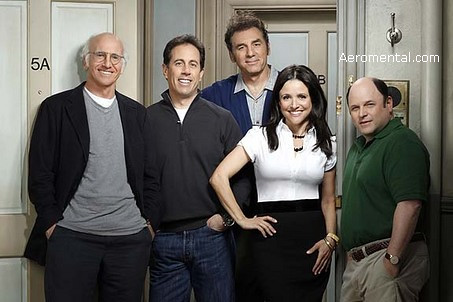
10. **Reassembling the Original Cast (and Crew)**
The sheer audacity of the ‘Curb Your Enthusiasm’ season seven arc lay not just in its meta-narrative, but in its ability to bring together the original, beloved ‘Seinfeld’ cast members. Laura Streicher, a co-executive producer, marveled at Larry David’s ability to manifest such a scenario, noting that he often wrote entire story arcs reliant on specific guest stars before even approaching them. “Clearly Larry David is the king of manifestation,” she mused, imagining the logistical nightmare had the cast declined.
However, David himself downplayed the difficulty of securing the iconic quartet. He recalled, “I don’t remember having to talk to the cast about it beyond one or two conversations. It wasn’t a big deal.” The key was Jerry Seinfeld, who was “onboard immediately,” and once he committed, “then getting the others wasn’t that hard.” This indicates a level of trust and camaraderie among the former co-stars, perhaps recognizing the unique, low-stakes environment ‘Curb’ offered as a safe space for a reunion.
Jason Alexander, initially harbored significant concerns, reflecting on the potential for aging characters to lose their charm. “What was barely charming on characters in their thirties and forties may be completely devoid of charm in their forties and fifties, and that may be a mistake,” he worried. Yet, the experience itself was transformative. Alexander spoke of an “immediate” resurgence of the “ensemble feeling” and affection they shared, describing walking back onto the replica sets as like stepping through a “time tunnel.” The unique ‘Curb’ format allowed them to revisit their characters without the pressure of a traditional sitcom revival.
Beyond the main cast, David made a conscious effort to include Michael Richards, who had faced public criticism for a racially charged tirade years prior. David wanted “to do something for Michael,” crafting a “redeeming storyline” that paired him with JB Smoove’s character, Leon. This thoughtful gesture demonstrated a loyalty that extended beyond mere production needs. Furthermore, the production went to the extraordinary length of bringing back the original ‘Seinfeld’ crew – producers, writers’ assistants, and ADs – to play the crew on the fictional ‘Seinfeld’ set within ‘Curb’. Jeff Schaffer confessed, “It was exhilarating to see everybody back there, and for this one brief shining moment, it was like we were on Seinfeld again,” highlighting the deep personal connection to the original show.
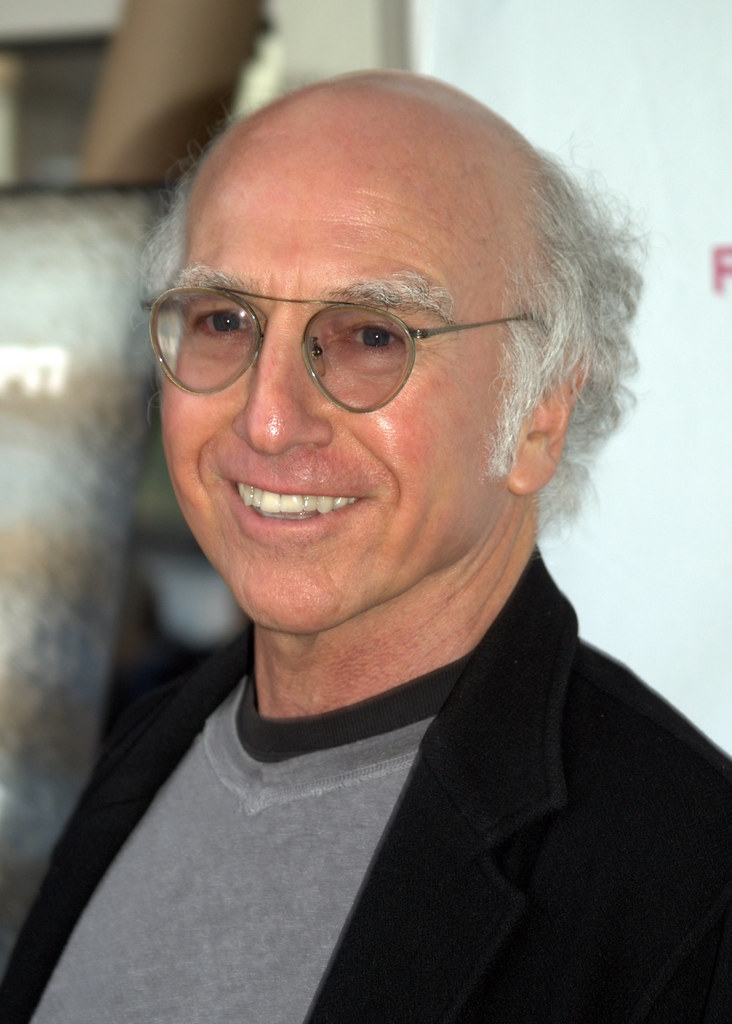
11. **The Meta-Narrative: Larry David’s Selfish Agenda**
The ‘Curb Your Enthusiasm’ reunion arc was a masterclass in meta-narrative, where the very act of creating a ‘Seinfeld’ reunion became a plot device for Larry David’s character’s personal struggles. This was not a reunion born of nostalgia or fan service, but one meticulously crafted to serve David’s often petty and self-serving agenda. His primary motivation? To win back his ex-wife, Cheryl. This central conceit fundamentally dictated the arc’s direction and comedic outcomes.
The intertwining of Larry’s personal life with the fictional reunion show began with his casting choices. To facilitate his reconciliation efforts, Larry cast Cheryl in the reunion as Amanda, the ex-wife of George Costanza, played by Jason Alexander. This decision immediately inserted Cheryl into the heart of the production, providing Larry with a constant, albeit often frustrating, avenue for interaction. The entire ‘show within a show’ thus became a backdrop for Larry’s relationship drama, rather than an earnest continuation of ‘Seinfeld’ itself.
As the season progressed, Larry’s jealousy over Cheryl’s growing friendly relationship with Jason Alexander began to seep into the production itself. This led to a crucial plot development where Larry, fueled by his personal insecurities, rewrote the ending of the fictional reunion show. His revised script ensured that George and Amanda, the characters played by Jason and Cheryl, would not end up together. This dramatic intervention, driven by his character’s flaws, caused the fictional Jason to walk off the set, throwing the entire production into disarray and deepening the meta-comedic layer of the arc.
The ultimate unraveling of Larry’s scheme, and his subsequent resignation from the ‘Seinfeld’ reunion, was intrinsically linked to his selfish motivations. In a candid phone call with Jeff Schaffer in the parking lot, Larry openly admitted that the sole reason he had put the show together was to get back with Cheryl. This confession, overheard by Cheryl from her car, became the poignant, albeit still comedic, climax of his personal storyline. The ‘Curb’ reunion therefore served as a potent illustration of how Larry David’s creative vision prioritizes character-driven humor and personal foibles over any straightforward obligation to fan expectations or traditional narrative arcs, cementing the unlikelihood of a conventional ‘Seinfeld’ revival under his influence.
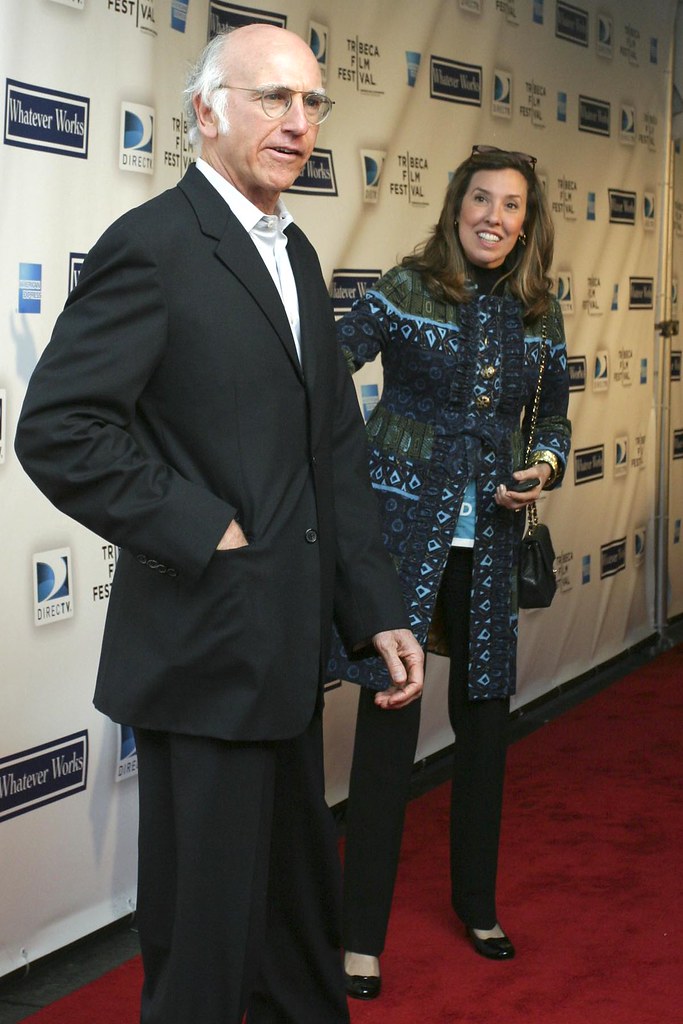
12. **Depriving Fans: The Anti-Nostalgia Play**
One of the most audacious and defining characteristics of the ‘Curb Your Enthusiasm’ ‘Seinfeld’ reunion was its deliberate choice to “deprive people of exactly what they wanted.” This was not merely an oversight but a conscious, “very Curb choice,” as described by Jeff Schaffer. Rather than delivering a heartwarming, nostalgic return, Larry David crafted a narrative that playfully, and often hilariously, subverted fan expectations, reinforcing his anti-conventional approach to comedy.
Perhaps the most striking example of this subversion involved Jerry and Elaine. Many fans might have hoped for their characters to finally unite romantically, or at least to show some enduring connection. Instead, the ‘Curb’ reunion revealed that Jerry and Elaine had, in the intervening years, had a child together via sperm donation, and had subsequently split up before the reunion show even began. “We gave it to them, but off-camera,” Schaffer explained, because “the two split up before the reunion.” Larry David added a further layer of absurdity, stating, “We decided that she’d already had a kid with Jerry,” completely deflecting any traditional romantic resolution.
George Costanza’s post-finale fate was similarly unromanticized and, in true George fashion, somewhat pathetic. In the fictional reunion, George had married a woman named Amanda, made a fortune with a brilliant iPhone app called the “iToilet” (a nod to an actual ‘Seinfeld’ joke about finding public restrooms), only to lose his money in a Bernie Madoff Ponzi scheme. He was divorced and had moved in with Jerry. This narrative trajectory offered a continuation that was both unexpected and deeply cynical, far from the aspirational or settled lives fans might have envisioned for the character.
Furthermore, the meta-commentary extended to the original show’s ending. In the ‘Curb’ reunion, the fictional Jerry Seinfeld character makes a pointed remark: “we already screwed up one finale.” This line was a direct, self-aware reference to the mixed, often negative, reception of the actual ‘Seinfeld’ series finale in 1998. By acknowledging this past fan disappointment within the reunion narrative, ‘Curb’ effectively disarmed any expectations of a ‘redo’ or a ‘better’ ending, solidifying its role as a deconstruction of reunion culture rather than a participant in it.

13. **Reconstructing the Iconic Sets and Locations**
The commitment to authenticity for the ‘Curb Your Enthusiasm’ ‘Seinfeld’ reunion extended far beyond the casting. Larry David insisted on recreating the physical world of ‘Seinfeld’ with meticulous detail, a task that presented its own unique logistical challenges. While ‘Curb’ typically filmed across various rented properties and iconic Los Angeles diners, the reunion season marked a significant shift, bringing the production back to the original lot and soundstage where the 90s sitcom was shot. This was more than a mere filming location; it was a journey into television history.
Producer Erin O’Malley was tasked with the daunting “quest” of locating the original ‘Seinfeld’ set. “Larry wanted me to get the original Seinfeld set, so I said, ‘Sure, where is it stored?’ And he’s like, ‘I don’t know, call somebody,’” O’Malley recounted. This search involved debunking rumors, like the set being at the Smithsonian, and eventually tracing it through NBC to Castle Rock. The discovery was almost cinematic: in a “giant warehouse way out in the San Fernando Valley,” a production designer finally spotted “a strip of wood, and it says ‘Seinfeld’ on it. And there it was, literally tucked away in a corner.”
Once retrieved, the set was meticulously reassembled on the CBS Radford lot. Even with some pieces missing – as Jerry and Julia had confessed that everyone took keepsakes when the show ended – the authenticity was paramount. O’Malley described the experience of standing on the set as “bizarre” and “like touching history.” This physical recreation was crucial for both the actors, who felt an immediate connection to their past, and for the audience, who would recognize the iconic backdrop, albeit through ‘Curb’s’ irreverent lens.
Larry David also pushed for an updated version of the set, acknowledging the eleven years that had passed since the original finale, thus subtly blending nostalgia with a sense of passage of time. Further enriching the meta-environment, Larry and Jerry’s actual ‘Seinfeld’ writing office in Building 5 was recreated in the same space it once occupied. This included their two desks facing each other and a dry-erase board filled with actual ideas that Alec Berg and Jeff Schaffer had pitched for ‘Seinfeld’ but Larry had rejected. This detail served as a delightful Easter egg for astute fans and an ultimate nod to the show’s creative origins, reinforcing the idea that this reunion was as much for the creators as it was for the audience.
Read more about: Jeff Bezos’s Billion-Dollar Bets: Examining His Luxury Real Estate Portfolio Against His Annual Blue Origin Space Ventures

14. **The “Show Within a Show” Production Challenge**
The ‘Curb Your Enthusiasm’ ‘Seinfeld’ reunion arc presented an unprecedented “show within a show” production challenge, demanding intricate direction and performance nuances. Directors like Jeff Schaffer, Alec Berg, and Dave Mandel had to navigate the surreal reality of shooting ‘Curb’ scenes where Larry David (the character) was watching and giving notes on a fictional ‘Seinfeld’ scene, often with multiple camera setups capturing both layers of the narrative. Schaffer vividly recalled a moment where his instinct to walk onto the ‘Seinfeld’ set to give notes, as he once did in the 90s, had to be physically restrained by Berg, lest he “ruin the shot” of the ‘Curb’ scene observing it all. This highlights the truly “mindbending situation” that blurred the lines between past and present, fiction and reality, for everyone involved.
Adding another layer of comedic complexity, the plot called for fictionalized Jason Alexander to walk out of the ‘Seinfeld’ production, leading to ‘Curb’ Larry stepping into the role of George Costanza to keep the show going. This created a profound sense of discomfort for the real Larry David, who found himself playing a character initially created as an elevated version of himself, then played by Jason Alexander, and now being reprised by David himself. “I was uncomfortable because he was doing me on the show Seinfeld, and now I’m doing him, doing me,” David confessed, acknowledging the “weird and crazy” recursive humor of the situation. Schaffer, however, was confident in its comedic potential, reassuring David, “But it’s going to be so funny,” as Larry awkwardly squirmed to portray a character that was both him and not him.
The performances during this arc were a testament to the actors’ long-standing relationships and their understanding of David’s comedic rhythm. Jason Alexander played a “ly version of himself,” while Julia Louis-Dreyfus embraced a “more irascible” version of her character, all designed to make Larry’s character uncomfortable. Editor Roger Nygard noted that Larry “needs someone who’s going to fight back and fight with him,” making the ‘Seinfeld’ actors “perfect foils” for creating conflict. Louis-Dreyfus herself explained her comedic process: “I need to have something to push back against, then I can make it funny,” perfectly aligning with Larry David’s character’s tendency to challenge “stupid social mores or somebody’s dumb rule.”
Ultimately, the ‘Curb Your Enthusiasm’ reunion was a daring, complex, and hilariously self-aware deconstruction of what a television reunion could, and perhaps *shouldn’t*, be. It proved that while a conventional ‘Seinfeld’ comeback might be creatively impossible, the enduring chemistry of its cast and the genius of its creators could still deliver something truly special—a meta-commentary that simultaneously celebrated and protected the show’s legacy. It served as the ultimate proof that ‘Seinfeld’s’ story, in its original form, is a perfect artifact, best appreciated as is, with any revisit demanding a creative high-wire act that few would dare attempt. It confirmed that while the longing for more ‘Seinfeld’ remains, its true magic lives unblemished in its original run, a comedic gold standard that wisely resists conventional revival.


